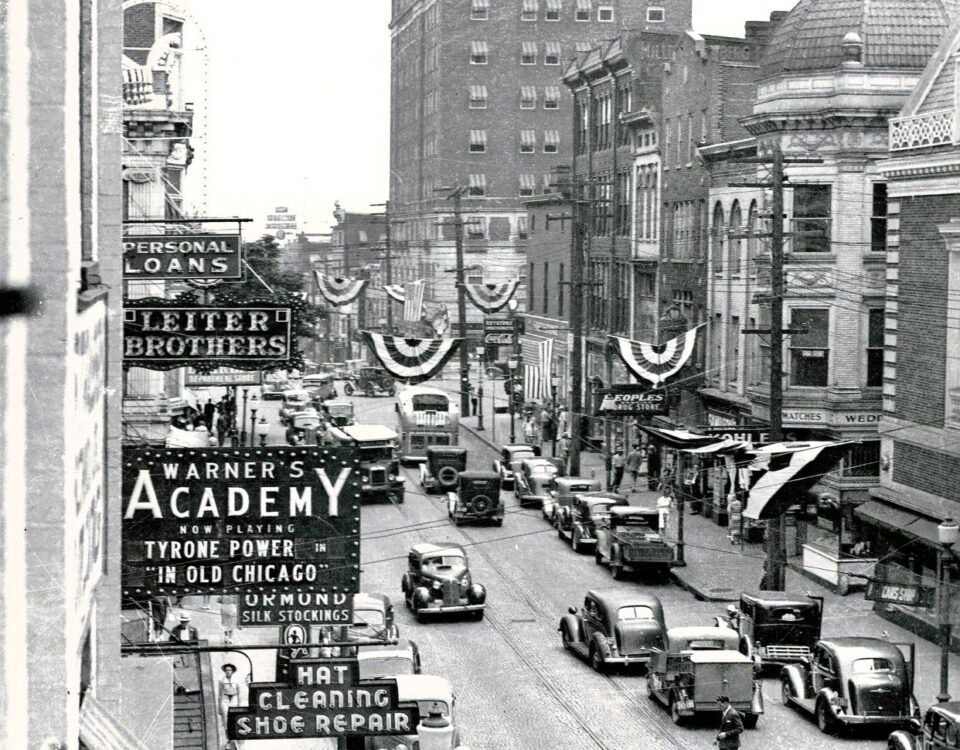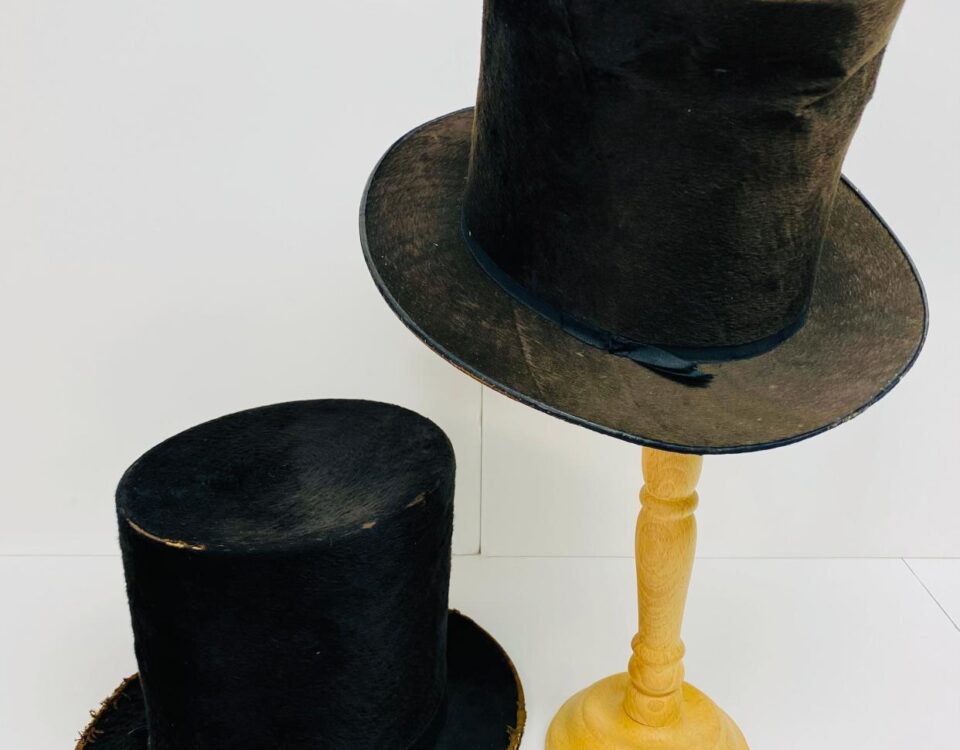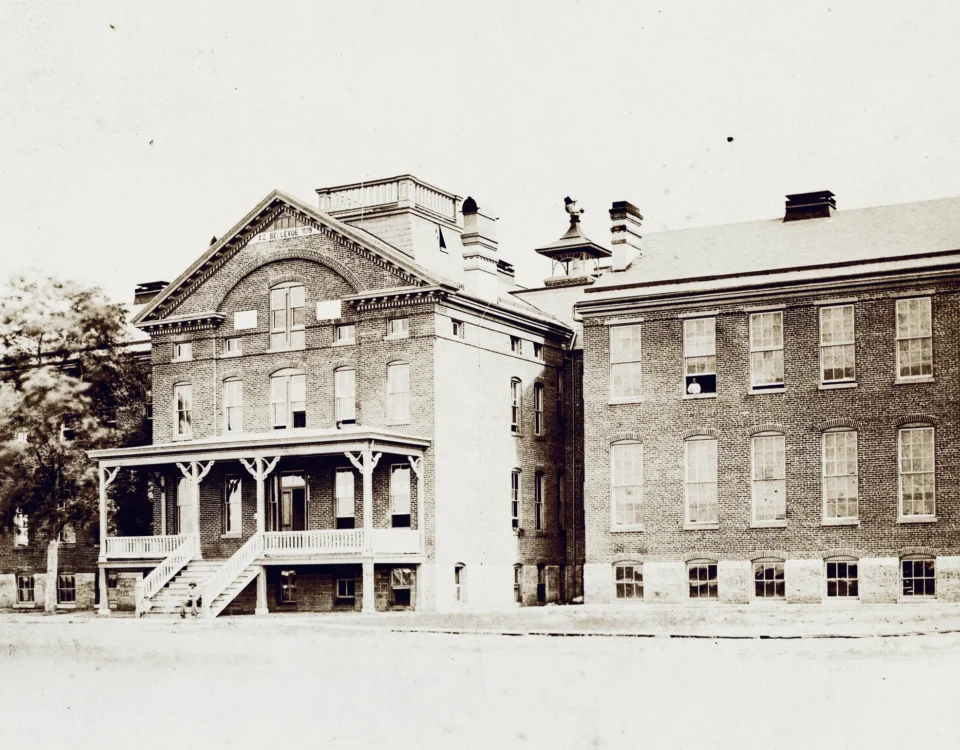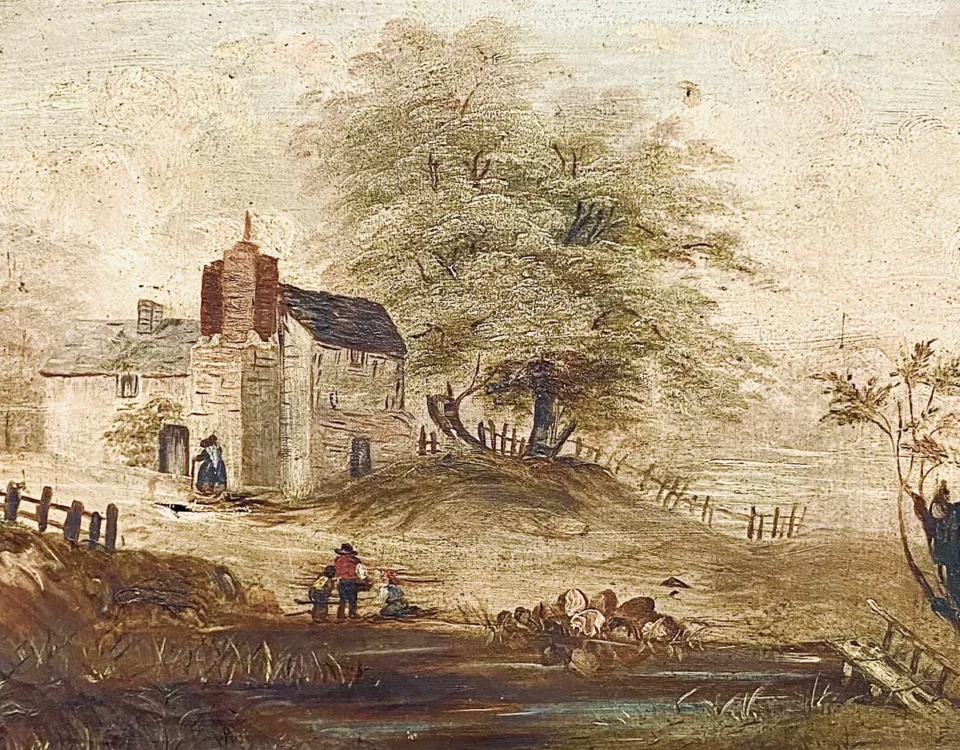Stay up-to-date with our latest news and learn more about local history!
NEWS
- Filter by
- Categories
- Tags
- Authors
- Show all
- All
- 18th-century medicine
- 20th amendment
- 23andme
- advice
- amusement parks
- ancestry
- archives
- art history
- art museum
- artifacts
- bathing suits
- belinda springs
- Bellevue Asylum
- black history
- black history month
- christmas
- civil war
- cocktails
- collections
- concert
- Culture & Cocktails
- Culture and Cocktails
- date night
- distilling
- dna
- downtown hagerstown
- Drinks
- exhibits
- family tree
- food and drinks
- fort frederick
- frontier forts
- fundraiser
- genealogy
- Gilded Age
- hagerstown
- Harry “Snap” McCoy
- history
- Horse thieving
- kee mar college
- kinship
- lecture
- local history
- Miller House
- miller house museum
- moonshiner
- mourning
- museum
- museums
- news
- night life
- old film
- old photographs
- paintings
- Patsy Cline
- pen mar park
- preservation
- prohibition
- Railroads
- Ransom of Hagerstown
- research
- row's amusement
- scrapbooks
- shirley temple
- shirley temple black
- summer
- swim suits
- travel
- Updegraffs
- vacation
- Victorian
- washington county
- Washington County Black History
- washington county free library
- Washington County History
- washington county hospital
- Washington County Museum of Fine Art
- Western Maryland Black History
- western maryland railroad
- where is william
- whiskey and moonlight
- women's history
- women's history month
- women's rights
- women's suffrage
- world war i
- wrapping paper
June 17, 2024
Published by Zach Brooks at June 17, 2024
Categories
Article Author: Abigail Koontz (This article originally appeared on The Herald-Mail July, 2024) While American gangsters Al Capone and Bugs Moran were terrorizing Chicago, over 631 miles away in Washington County, local moonshiner Harry “Snap” McCoy was busy distilling and selling illegal liquor in Hagerstown and the surrounding communities. McCoy’s story captures the turbulent years of Prohibition and the history of moonshiners active in Washington County during that time. McCoy was born Jan. 7, 1870, to blacksmith Elbert McCoy and Emma (Ardinger) of Williamsport. In 1878, Elbert died of tuberculosis, leaving Emma to care for five children. McCoy’s childhood in Williamsport was a bustling, novel one. The Cumberland Valley Railroad reached the outskirts of Williamsport in 1872. The following year, the Western Maryland Railroad ran directly into Williamsport, connecting to the Chesapeake and Ohio Canal. The railroad had a profound effect on McCoy. Although he only completed the fourth grade, by age 30 he worked as a conductor for the WMRR in Williamsport. A 1906 photograph in the Washington County Historical Society collection captures McCoy posing for the camera beside his friend, Sam McClannahan, at the train station. An oncoming train is visible just over their shoulders. In January 1919, […]
May 21, 2024
Published by Robin Brooks at May 21, 2024
Categories
Article Author: Abigail Koontz (This article originally appeared on The Herald-Mail May, 2024) Hats have long fulfilled many roles, from functionality to symbols of self-expression and social status. One iconic hat of the last two centuries is the top hat. Two 19th-century silk top hats in the Washington County Historical Society’s collection offer glimpses into early local hat manufacturers — particularly the hatter George Updegraff. When top hats emerged in the 1790s, descending from earlier styles like the 17th century Pilgrim hat, they were made from felted beaver fur. Beaver felt top hats were initially expensive status symbols, but they were also functional, as beaver fur shed water. Beaver fur was so popular the European beaver population had been depleted by the mid-1600s. French fur traders sought beaver pelts in North America, trading with native populations for furs or hunting down beavers along rivers. Trappers moved further west, decimating beaver populations and spreading malaria through native populations, until reaching California by the 1820s. As pelts flooded American markets, the prevalence of American beaver felt top hats grew, influenced by European fashions. Washington County was no exception. On Aug. 12, 1823, the Maryland Herald announced that the hat manufacturing firm, Updegraff […]
February 16, 2024
Published by wpengine at February 16, 2024
Categories
Article Author: Abigail Koontz (This article originally appeared on The Herald-Mail June 11, 2023) The name “Bellevue” may bring to mind the infamous Bellevue psychiatric hospital in New York City, which has a history reaching back to an 18th century almshouse. But did you know that Washington County had its own institution named Bellevue Asylum? Built in 1879, the historic Bellevue Asylum was located on the present site of Coffman Nursing Home. Bellevue Asylum stood for 77 years before it was torn down in 1956, and its history is deeply connected to the lives of Washington County residents and the development of healthcare facilities in the United States. To understand Bellevue Asylum’s history, we must return to the year 1800, when Trustees of the Poor for Washington County proposed building a home for the “relief of the poor” in Elizabethtown (now Hagerstown). This building, completed in 1800, was called the Washington County Almshouse. It still stands at 239 N. Locust Street. But attitudes toward the almshouse location caused concern. The almshouse developed a reputation for attracting “tramps” and “idlers,” and town residents requested a more remote location. In 1878, John Nicodemus of Boonsboro gifted farmland to Washington County for a […]
January 16, 2024
Published by Zach Brooks at January 16, 2024
Categories
Article Author: Abigail Koontz (This article originally appeared on The Herald-Mail January 14, 2024) In the early 1860s, Linda Wert, a student at the Hagerstown Female Seminary, packed up her painting supplies and headed off to paint the Hager Mill, only an eight-minute walk from campus. Wert’s painting, which she later titled “The Old Hager Mill,” now resides in the Washington County Historical Society collection. It represents a young woman’s story, and the history of an institution in Washington County that provided young women with vital education in the 19th century. This month, the painting becomes the first item selected for a new restoration program that invites donors to help preserve the important artifacts in the society’s collection. Malinda “Linda” E. E. Wert (also spelled Wirt) was born on Aug. 2, 1841, in Millersburg, Pa., to Simon and Sarah (Mark) Wert. The Wert family deeply valued education; of the five Wert children, three daughters and one son pursued higher education. The 1860 census recorded Linda Wert’s occupation as “Attending Female Seminary,” indicating she had already begun her education at the seminary, nearly 96 miles from Millersburg. The Hagerstown Female Seminary was a young institution when Linda Wert arrived. Built in […]
























